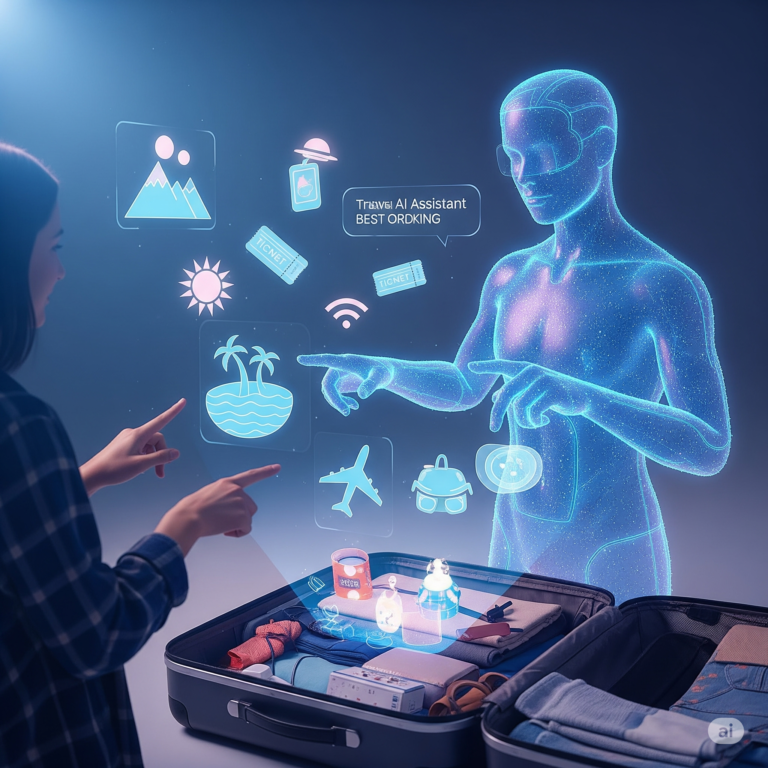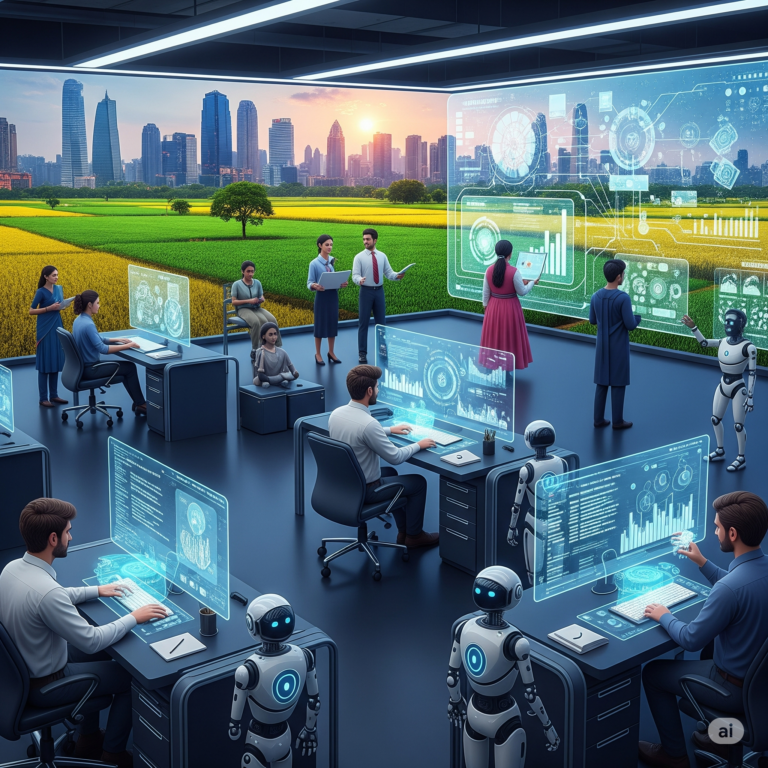In-short:
- Humanoid robots are increasingly being tested in warehouses, delivery systems, and customer service.
- They promise increased efficiency, 24/7 operation, and reduced human error.
- However, their rise sparks concerns about large-scale job displacement, labor rights, and ethical implementation.
- Policies, regulations, and reskilling initiatives are needed to balance innovation and employment stability.
- The blog explores technical feasibility, real-world deployments, economic implications, and necessary governance.
The Robot Is Here to Deliver Your Order
In the ever-expanding world of e-commerce, efficiency is king. From the moment you click “Buy Now” to the second a package arrives at your doorstep, an intricate ballet of logistics, technology, and labor takes place behind the scenes. But what happens when the dancers are no longer human, but humanoid robots?
As companies like Amazon, Alibaba, and JD.com invest heavily in automation, the entry of humanoid robots into the workforce marks a paradigm shift. While these machines offer unprecedented potential in streamlining operations, they also challenge labor norms, economic models, and policy frameworks. This blog dives deep into whether humanoids are poised to replace human jobs in e-commerce and what governments and industries must do to prepare.
Understanding the Role of Humanoids in E-Commerce
Unlike traditional robots, humanoids are designed to replicate human form and function. They can walk, lift, communicate, and even use human tools.
Current and potential roles include:
- Warehousing: Picking, sorting, packing goods
- Customer Service: In-store and online chat interfaces, showroom guides
- Delivery: Walking robots navigating last-mile logistics
- Maintenance & Restocking: Autonomous restockers in smart stores
This variety makes them especially appealing for tasks that were once strictly human-dominated.
Technology Behind the Machines
Humanoids are built on complex integrations of AI, robotics, computer vision, and natural language processing. Key enablers include:
- SLAM (Simultaneous Localization and Mapping): For indoor navigation
- Machine Learning: Adaptive behavior and predictive task management
- Grasping Algorithms: For delicate object handling
- Human-Robot Interaction Models: For seamless communication
Leading companies developing these technologies include Tesla (Optimus), Sanctuary AI, Boston Dynamics, and Agility Robotics.
Case Studies: Humanoids Already at Work
- Amazon’s Humanoid Park: Testing humanoids in warehouse and delivery roles
- Alibaba’s Cainiao Smart Logistics Network: Semi-autonomous robots aiding package sorting
- Tesla Optimus: Designed to handle mundane, repetitive warehouse tasks
- Hyundai’s DAL-e Robot: Greeter and assistant in showrooms
These are not concepts—they’re real-world applications under pilot or early-stage deployment.
Efficiency vs. Empathy: What Do Humans Still Do Better?
While humanoids are fast learners and error-resistant, there are areas where humans still excel:
- Complex decision-making
- Empathetic customer service
- Creative problem-solving
- Situational awareness
Humanoids, for now, struggle with nuance, unpredictability, and high-touch interaction.
Economic Impacts and Job Displacement
Automation has historically displaced certain jobs while creating others. However, humanoids may affect:
- Entry-Level Workers: Fulfillment, packaging, and delivery
- Unskilled Labor: Replaced by machines needing minimal oversight
- Gig Workers: Displaced by autonomous delivery robots
According to a McKinsey report, 45-50% of current e-commerce roles could be automated by 2030.
The Policy Vacuum: Governance Isn’t Keeping Up
The speed of technological adoption often outpaces policy-making. Key issues:
- Labor Rights: Who’s responsible for retraining?
- AI Ethics: Bias, surveillance, and transparency
- Employment Laws: Minimum wage, work hours don’t apply to robots
- Taxation: Should robots be taxed like workers?
Some countries like South Korea and Germany are exploring robot tax laws and reskilling mandates, but global consensus is lacking.
Preparing for a Humanoid Future: What Can Be Done?
Government:
- Mandate robot impact assessments
- Invest in vocational retraining
- Establish ethical standards for deployment
Businesses:
- Adopt a hybrid model—robot + human
- Upskill existing workers for supervision and tech roles
- Practice transparent automation policies
Workers:
- Learn AI literacy
- Embrace tech-enabled roles
- Engage in continuous learning
Ethical and Social Considerations
With humanoids in public-facing roles, societal concerns arise:
- Loss of Human Touch: Customer alienation
- Privacy Invasion: Robots collecting behavioral data
- Digital Divide: Low-income workers most affected
- Algorithmic Bias: Inequity in service delivery
Ethical deployment must prioritize human dignity, fairness, and transparency.
Conclusion: Complement or Competition?
The rise of humanoids in e-commerce isn’t just a technological story—it’s a human one. While robots may soon handle package deliveries and warehouse logistics, the full replacement of human jobs is neither immediate nor inevitable. The question isn’t if humanoids will enter the workforce—it’s how we’ll adapt to their presence.
Striking a balance between innovation and inclusion is the challenge of our time. With sound policy, continuous learning, and ethical deployment, humanoids could become not job stealers—but job collaborators in the digital economy.









+ There are no comments
Add yours